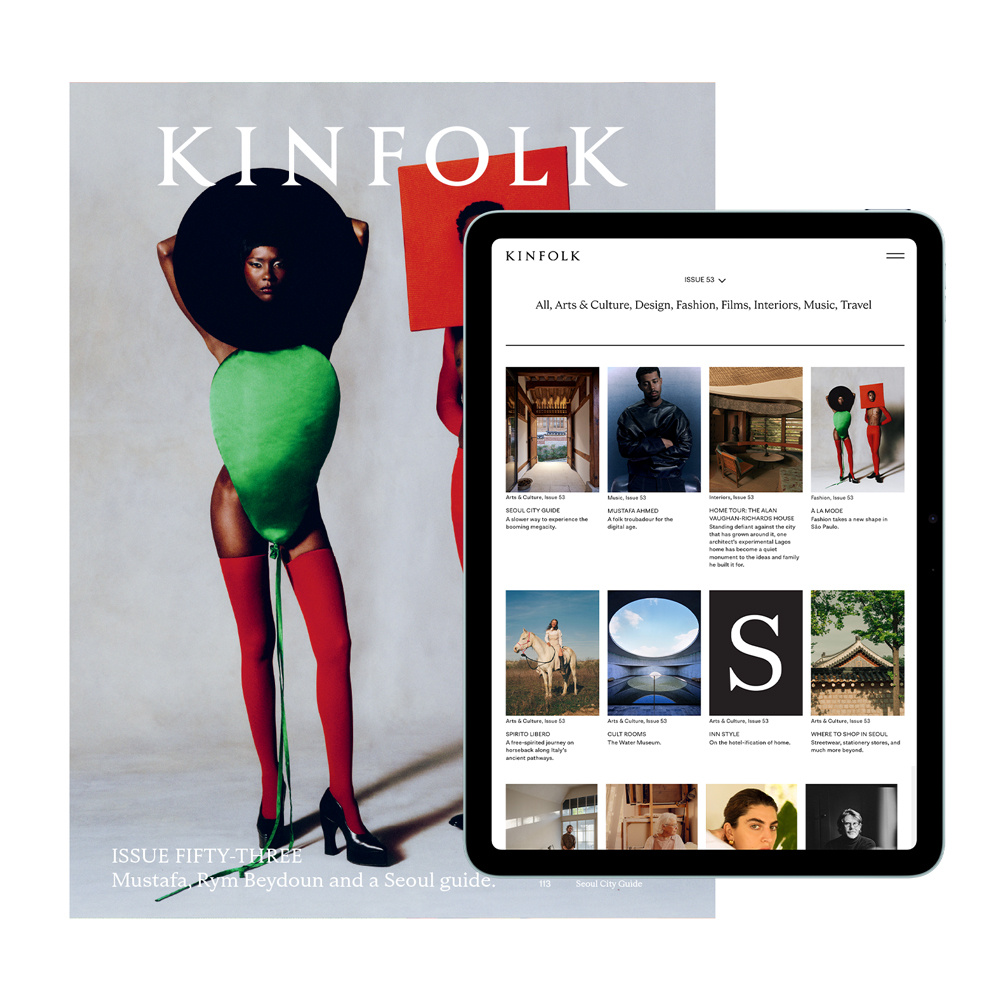
Olivier Krug On the undersung art of Champagne pairing.
Olivier Krug On the undersung art of Champagne pairing.
Olivier Krug is the sixth-generation director of the Krug Champagne house. Since its founding in 1843, the house has prided itself on finding new ways to work in an industry governed by its traditions. Most recently, under the watchful eye (and nose) of cellar master Julie Cavil, Krug has started a program pairing its Champagne with one simple ingredient each year, and commissioning chefs to create complementary recipes that elevate it. This year, it’s rice.
Daphnée Denis: Can you tell me about your ancestor Joseph Krug’s founding dream: a Champagne cuvée that wouldn’t be affected by variations in climate?
Olivier Krug: It is Krug’s raison d’être. My ancestor used to work for another Champagne maker and was frustrated by the fact that, to make good Champagne, they had to wait for a good harvest year. On a good year, Champagne houses produce millésimes—Champagnes which are primarily made of the same vintage—and the rest of the time, they make Champagnes sans année, which combine different years of harvest. They are well made, but never as intense and radiant as Champagnes from great years. So Joseph Krug thought, “I want to create Champagne that is great every single year.” No harvest is the same, even from one good year to the next. No wine parcel has the same nuances and taste. He thought it would be interesting to use that variety of styles.
DD: Since 2015, you’ve paired your Grande Cuvée with a different ingredient every year. Should Champagne always be accompanied by food?
OK: There is no specific time to have Champagne. Of course, having it on its own can be a pure tasting moment. But you can go very far when you add food; it’s a dialogue. Krug has always been very close to great chefs, and one day, those chefs told me, “Let’s work around ingredients.” Eventually, we opened a program worldwide. We have ambassadors, chefs we put on the path of one ingredient: in India, it was onions, in Mexico, peppers. . . . They learn techniques from locals who cook it daily, and then they go home and develop recipes to go with Krug Champagne.
DD: You’ve paired Krug with onions, peppers and, this year, rice. Why choose such humble ingredients?
OK: It stems from a conversation with the chefs we work with and of course with cellar master Julie Cavil. We present a great dish made from an ingredient that—just like the grapes we use for Champagne—may seem banal, but isn’t banal at all once it is transformed. So when we offer a recipe to accompany our Champagne, the pairing itself will make the tasting experience exceptional.
DD: How did you arrive at rice?
OK: Rice is one of the most universal ingredients, and one that is a staple of many types of cuisine around the world. I used to live in Japan, so I know their rice producers well. I remember one conversation I had with chef Hiroyuki Kanda, who is one of our ambassadors now. He came to a tasting with boxes containing different types of soil, and I realized that I never had thought of rice as having a cru.
DD: So you found similarities between rice production and Champagne production?
OK: Yes! You may think it’s “just” rice, but there is rice from Asia, then rice from Japan, and then rice from different Japanese regions. You could come across a chef who says, “The rice I want is the one from this lot, in a small town where there are only two terraces.” It’s very similar to the way Julie will travel to small valleys across Champagne to locate unique vineyards.
This feature was produced in partnership with Krug.



